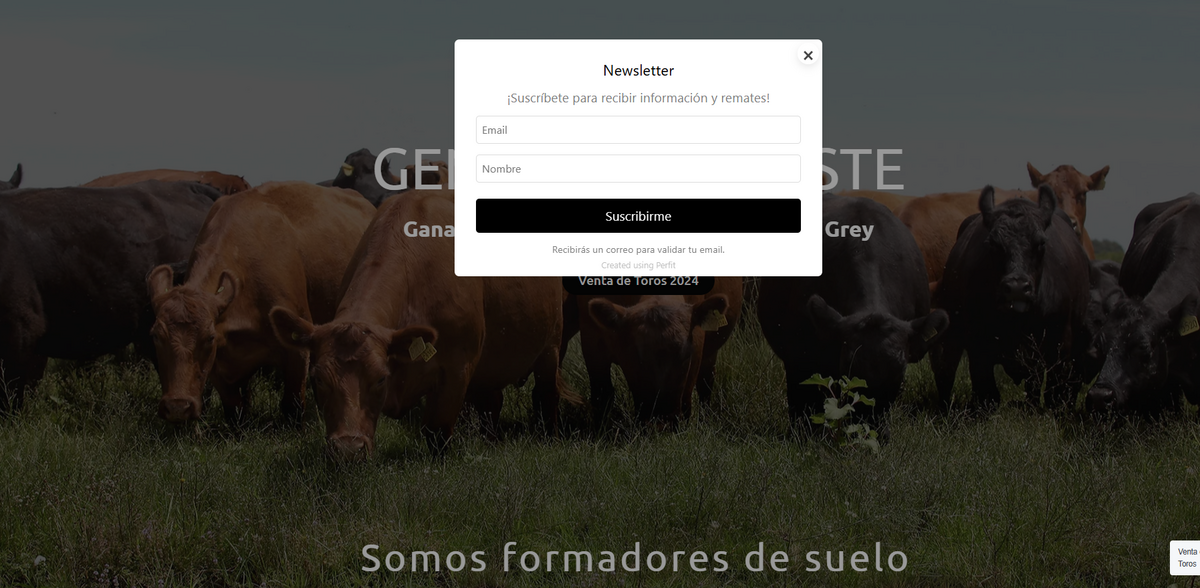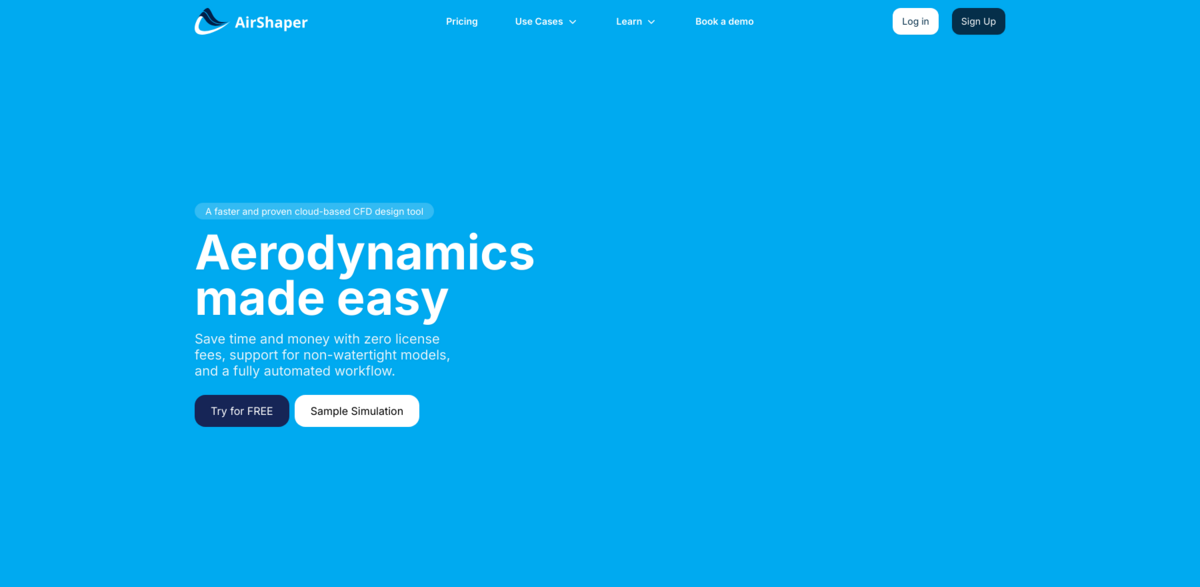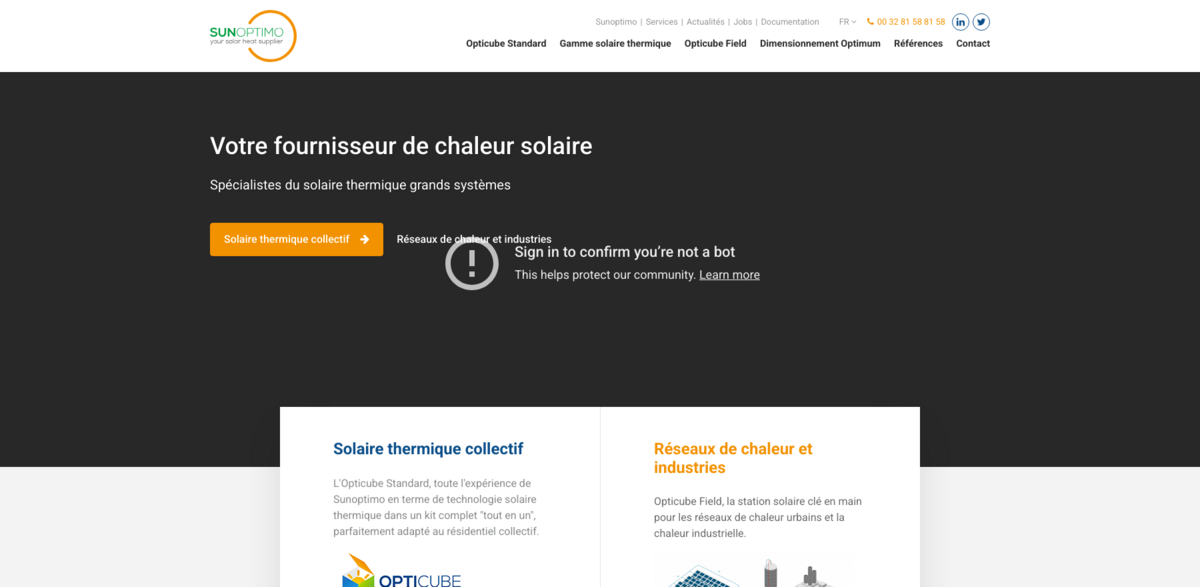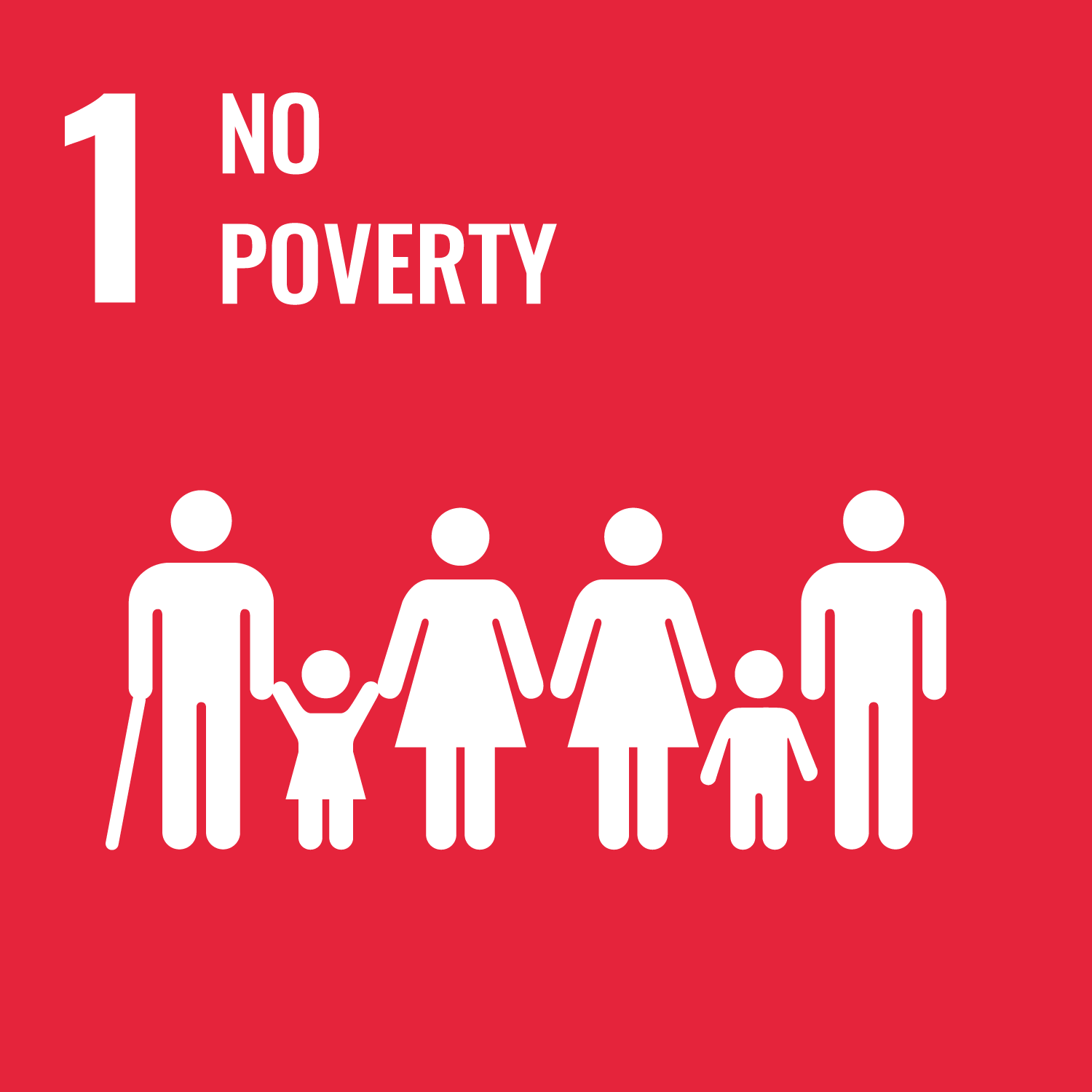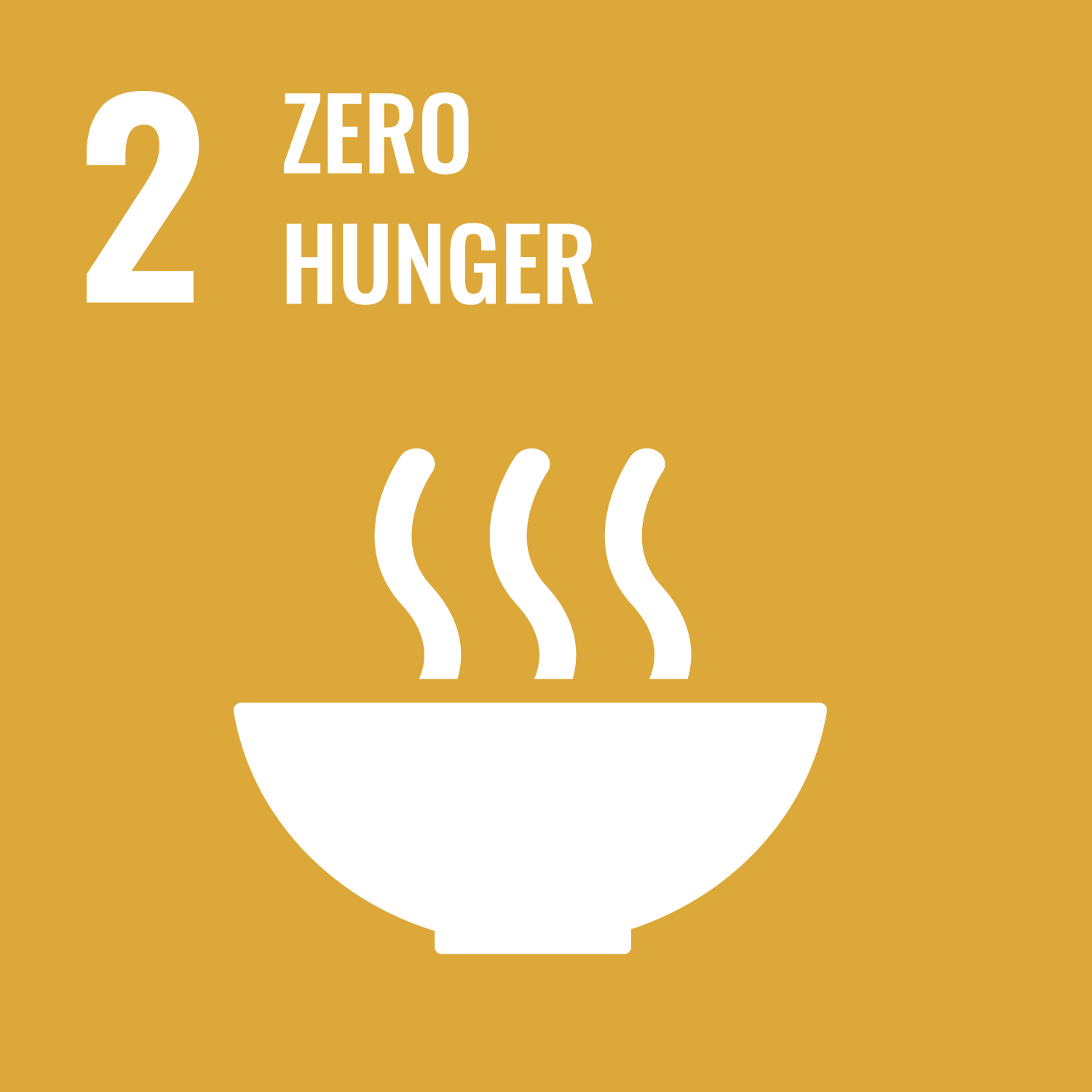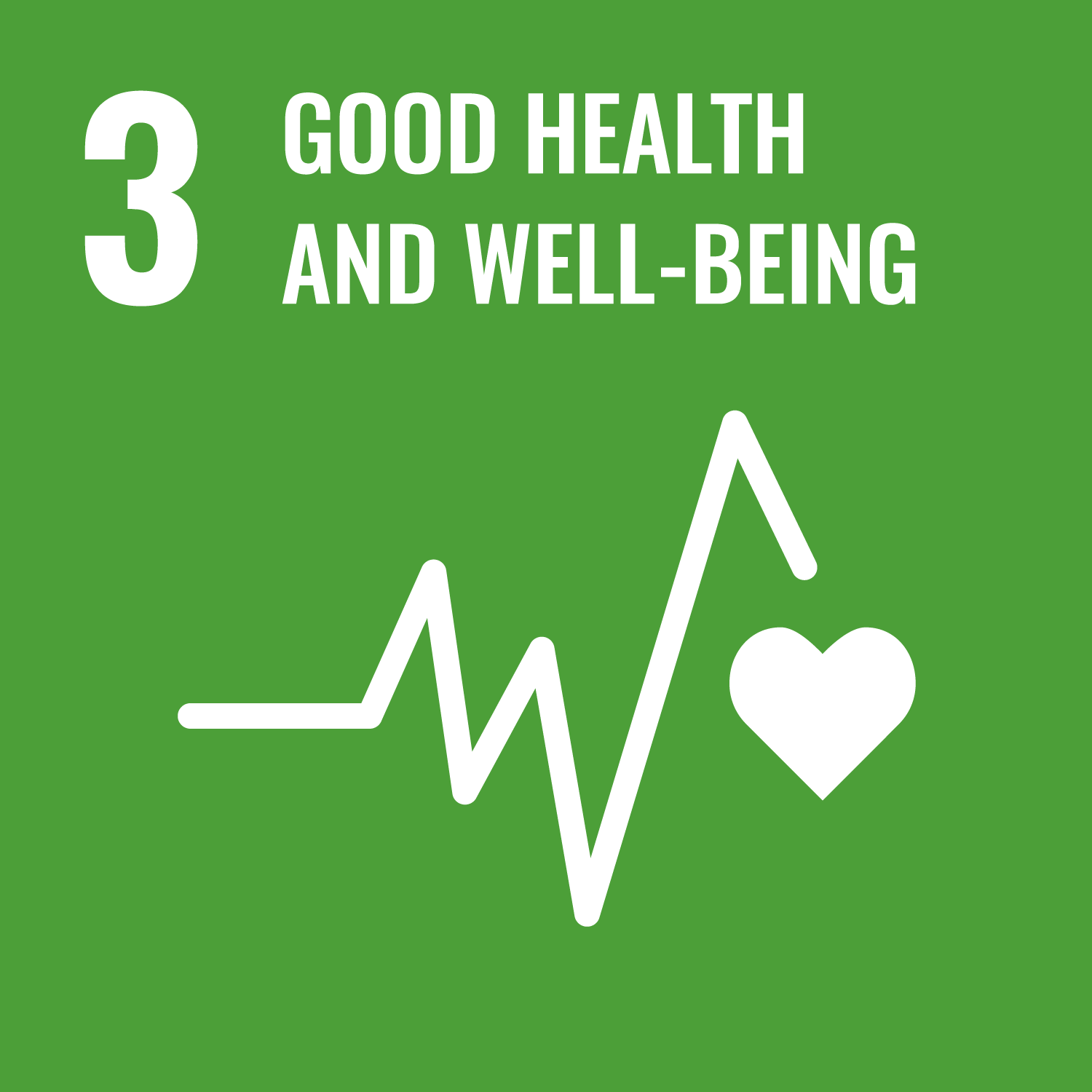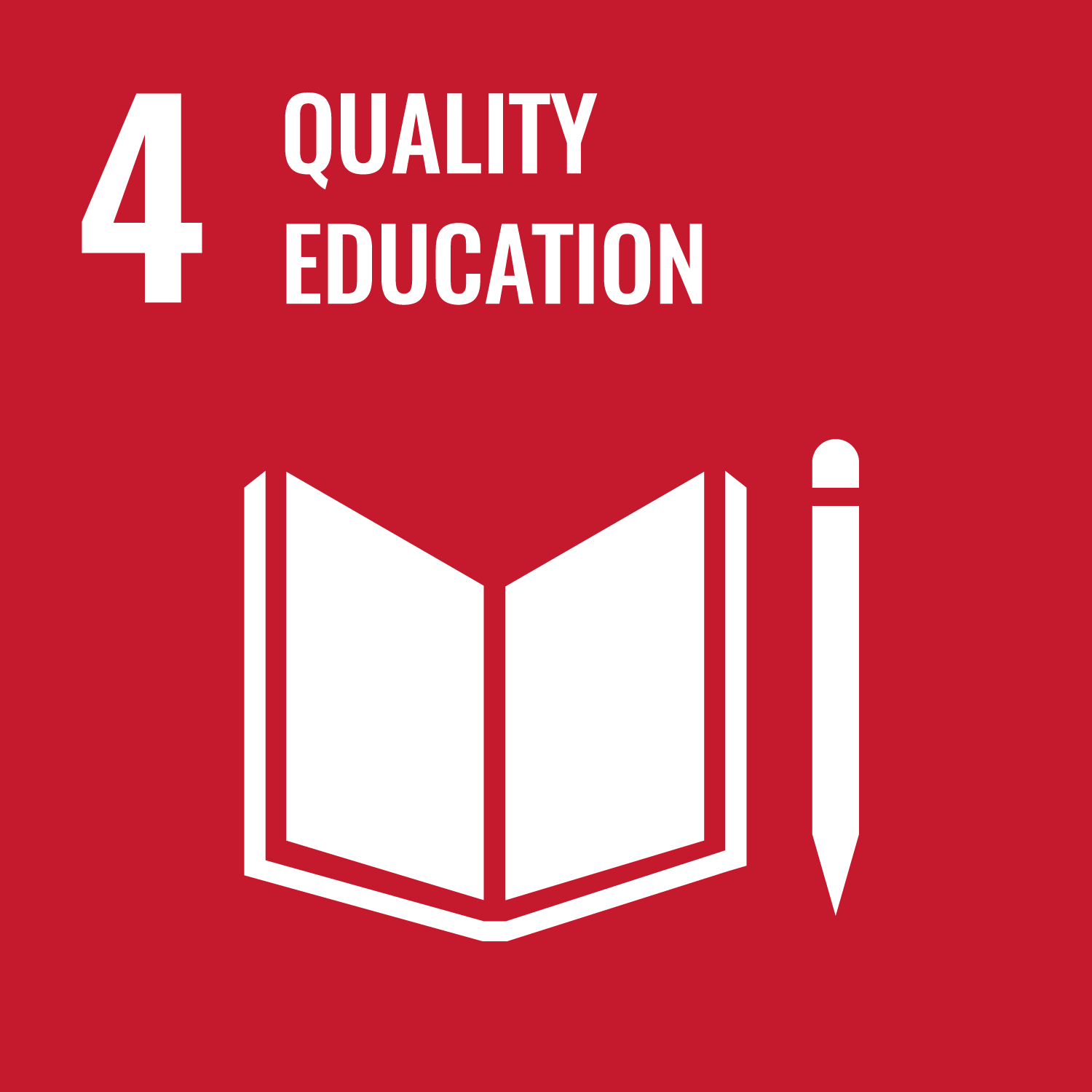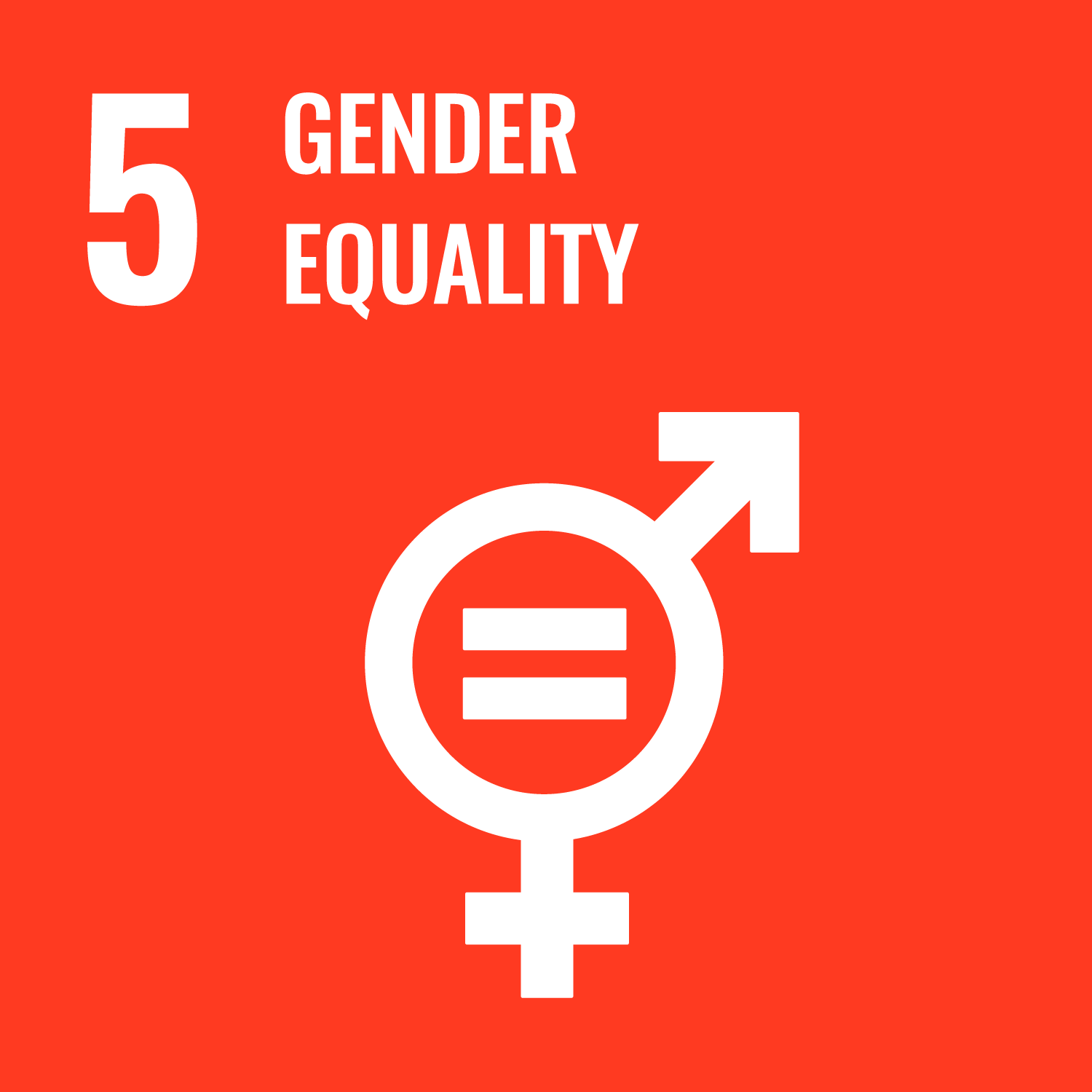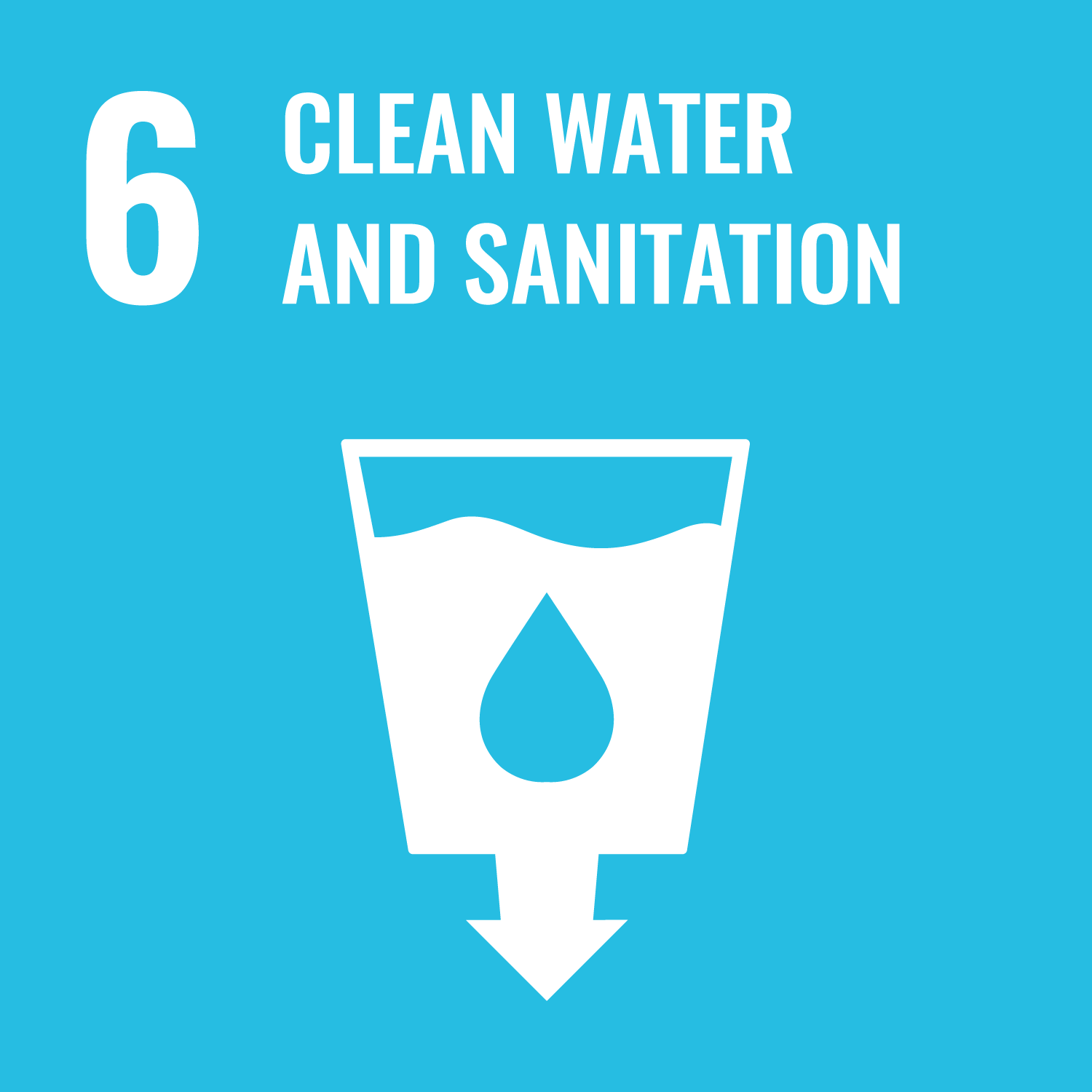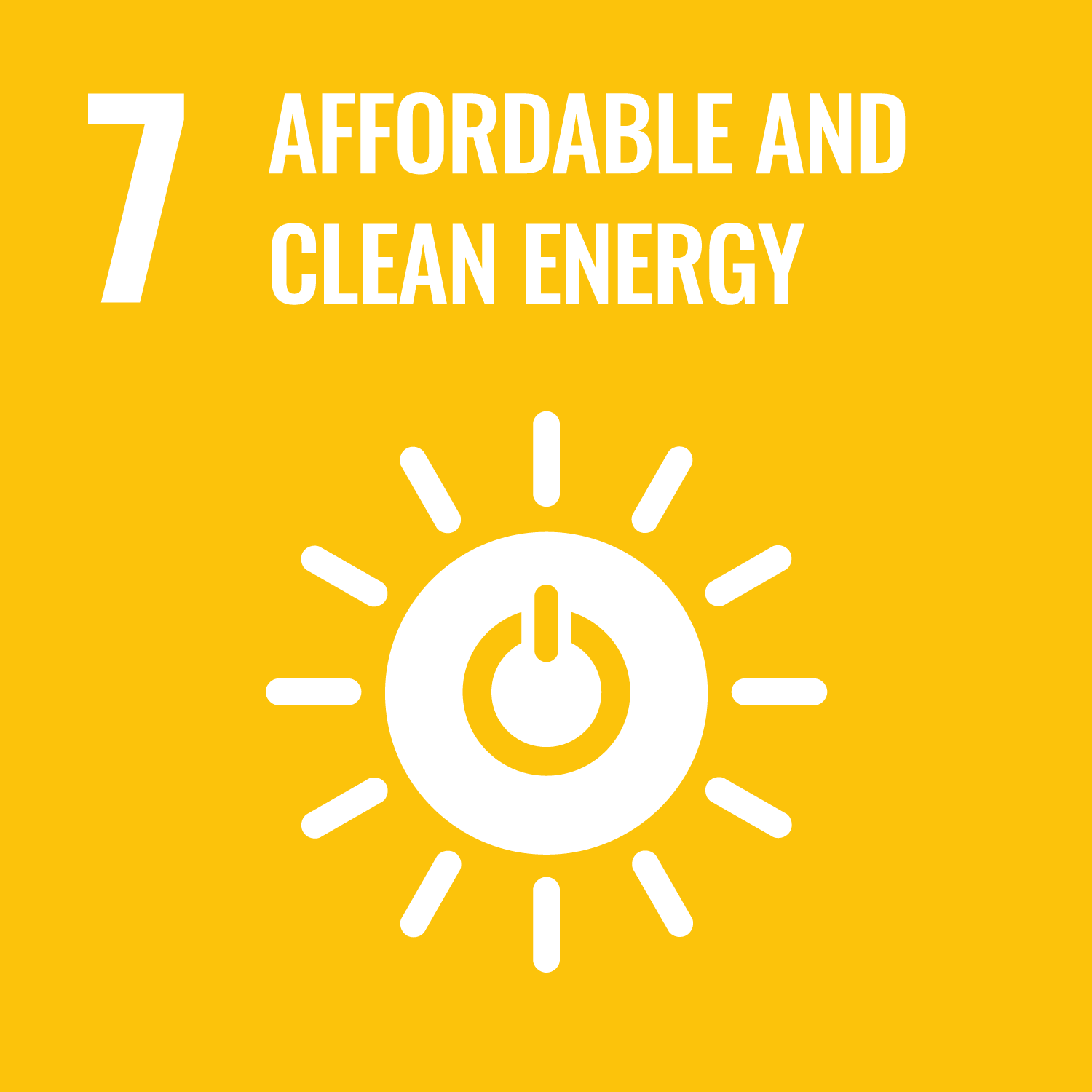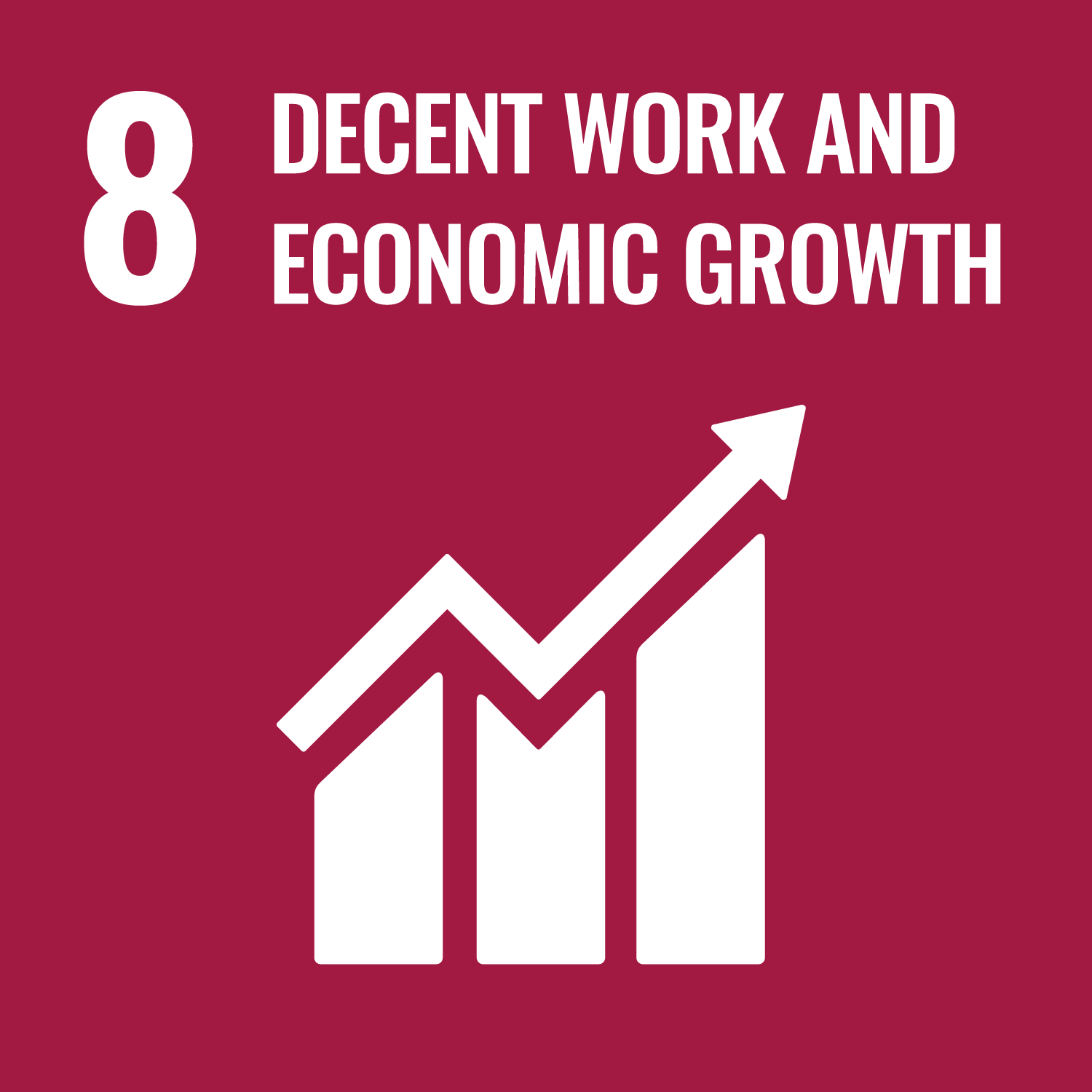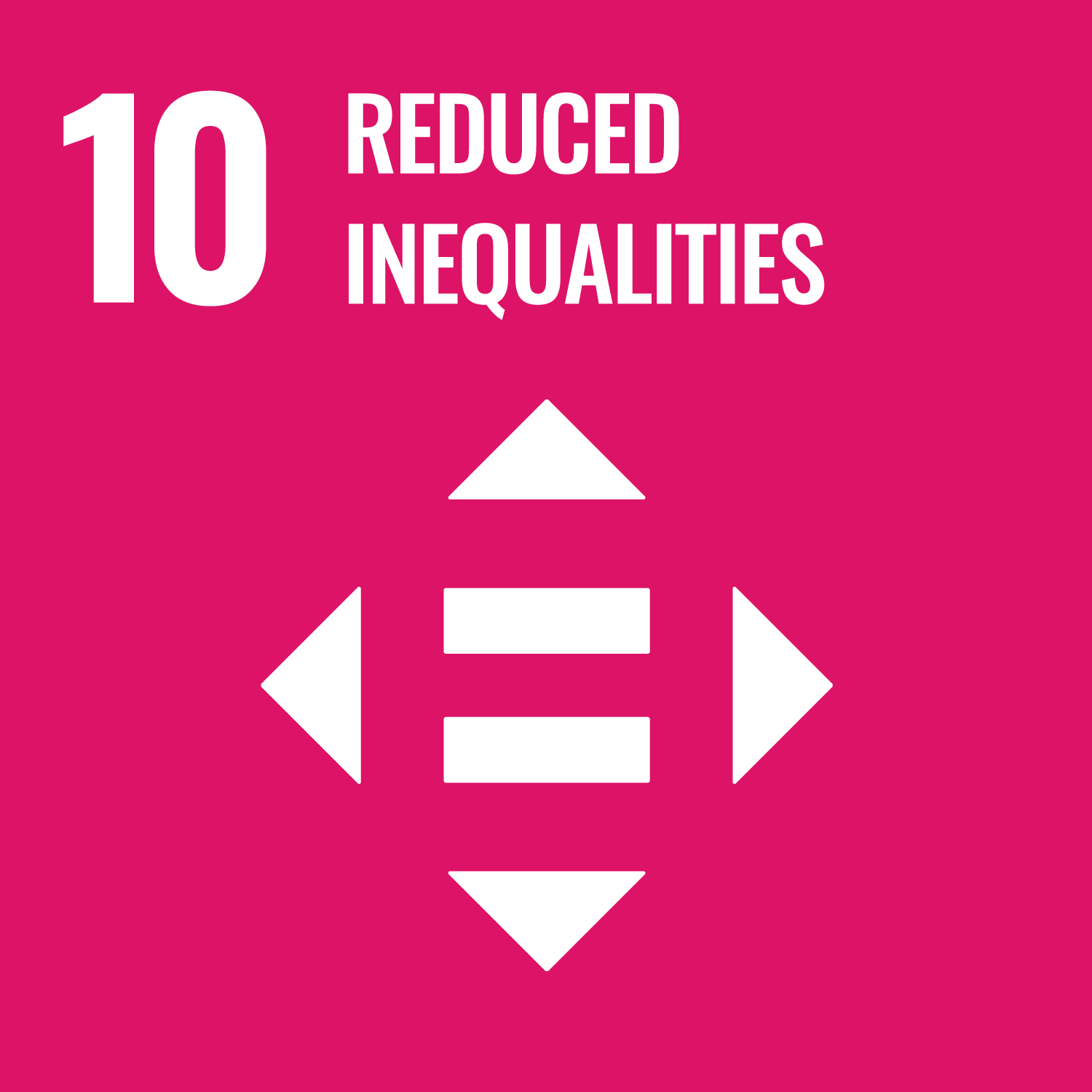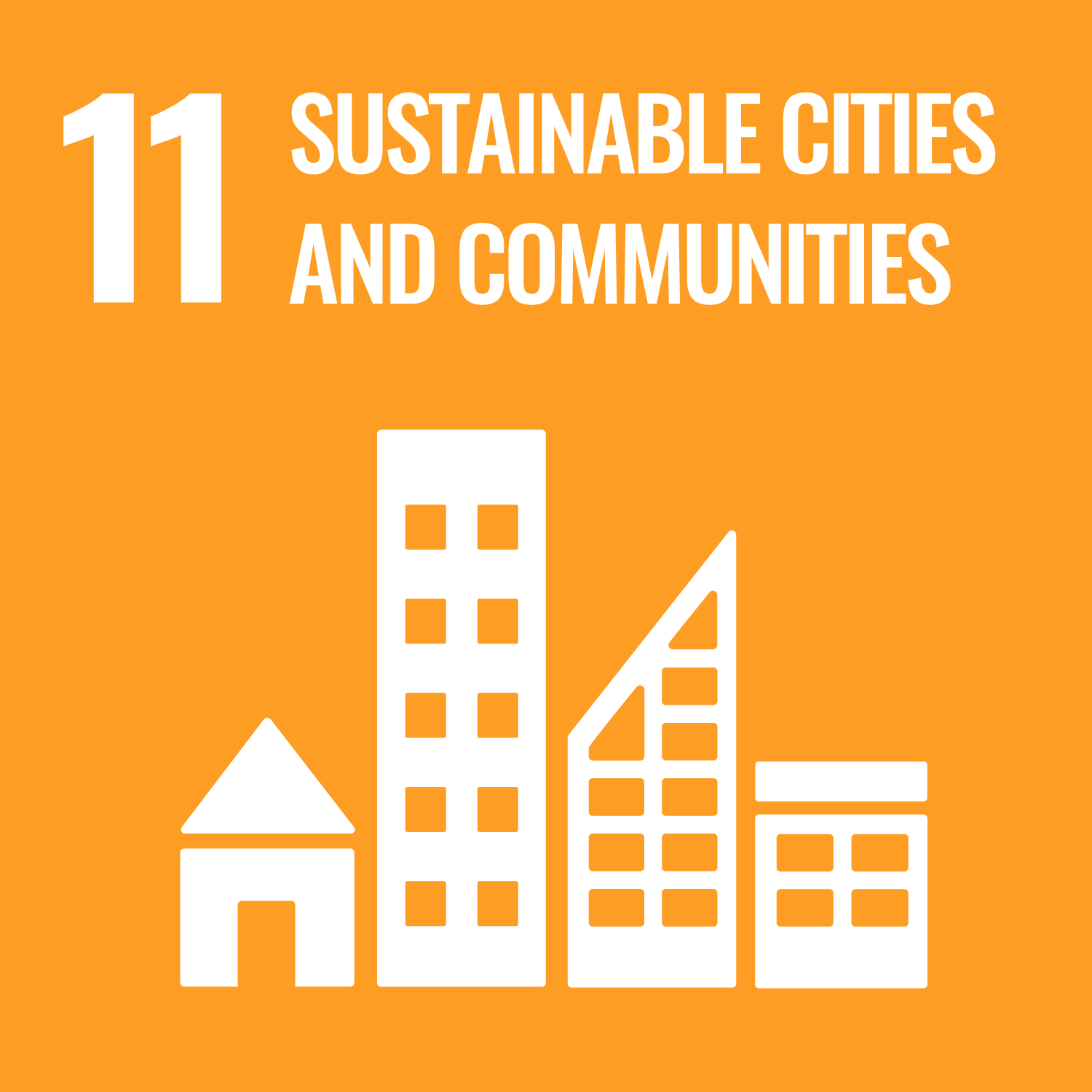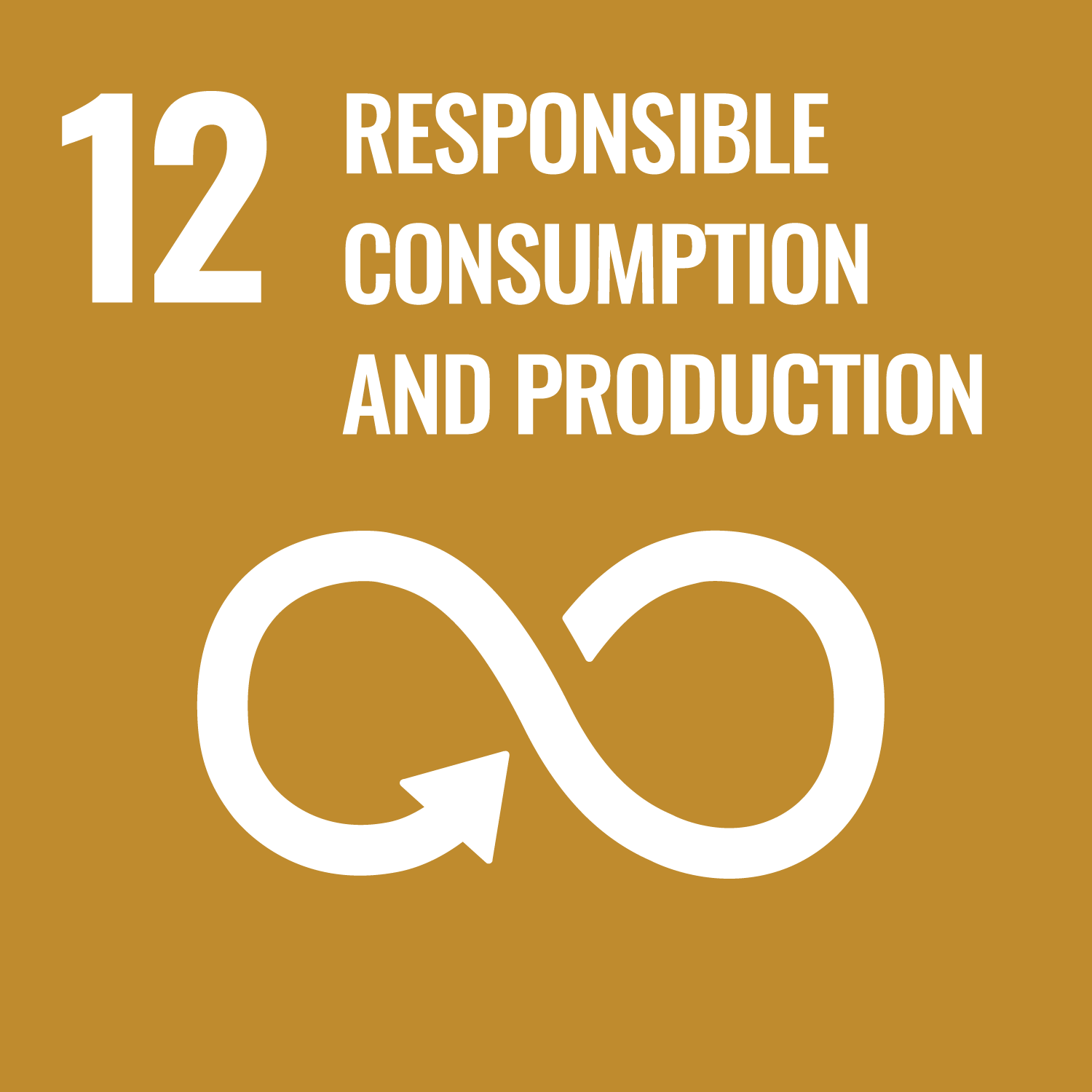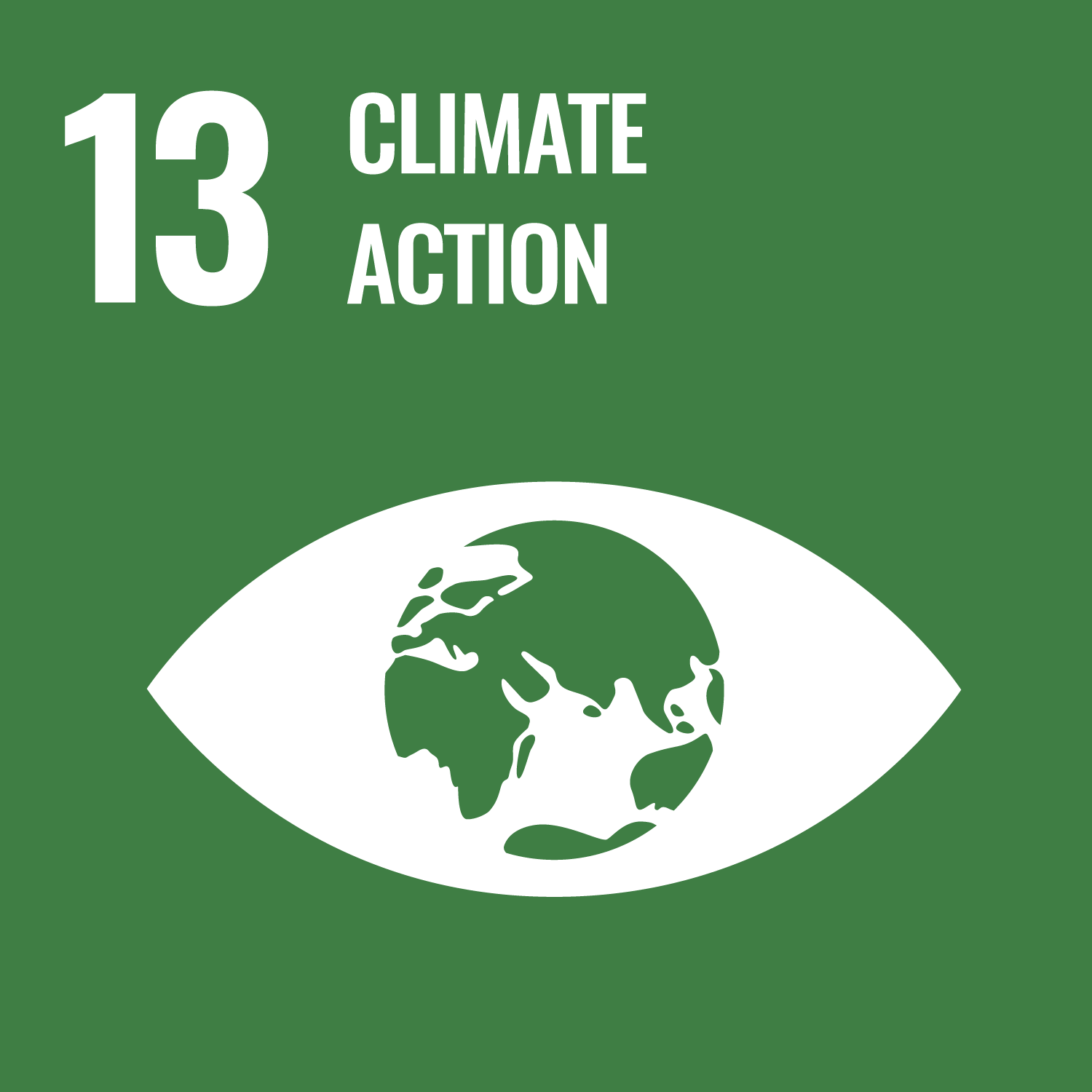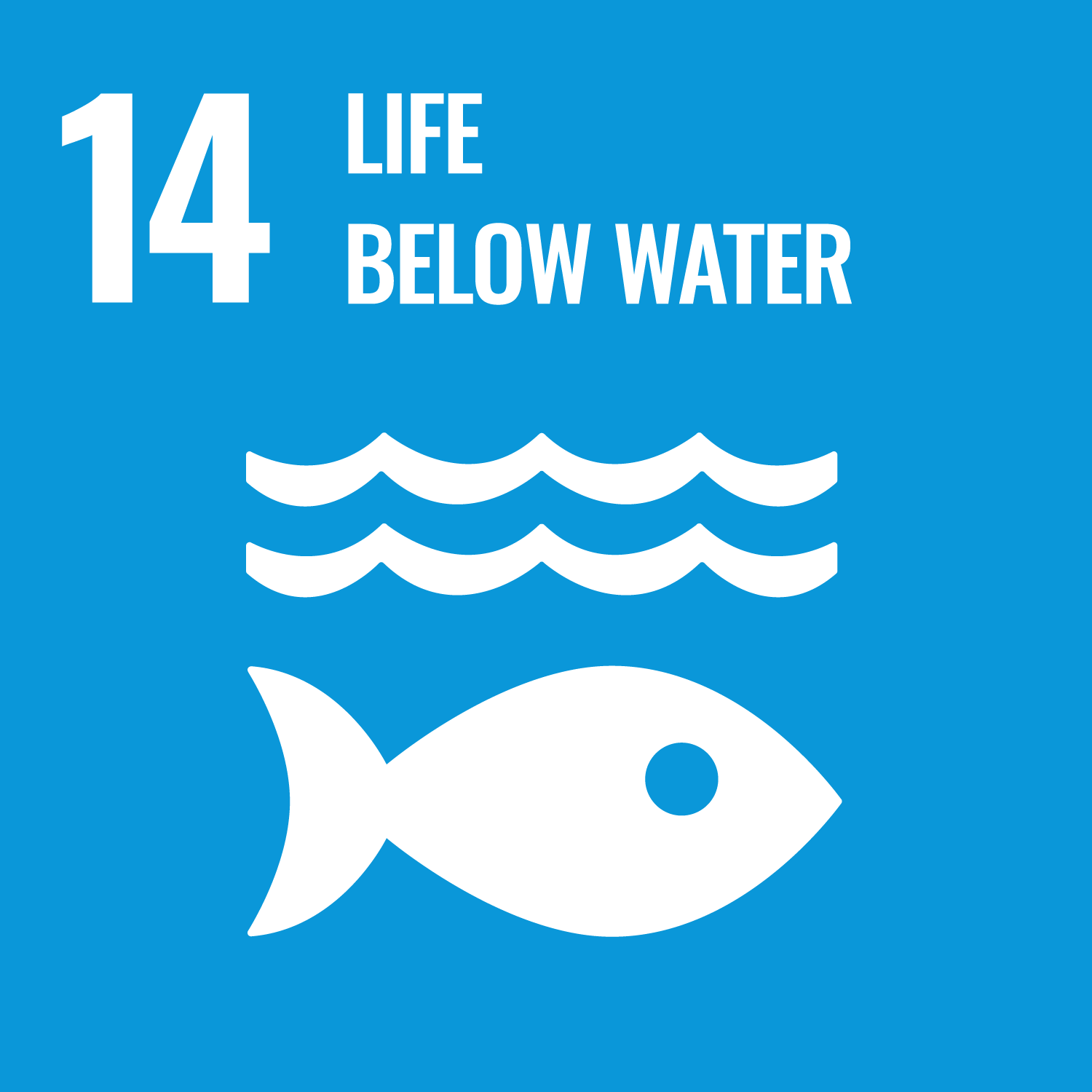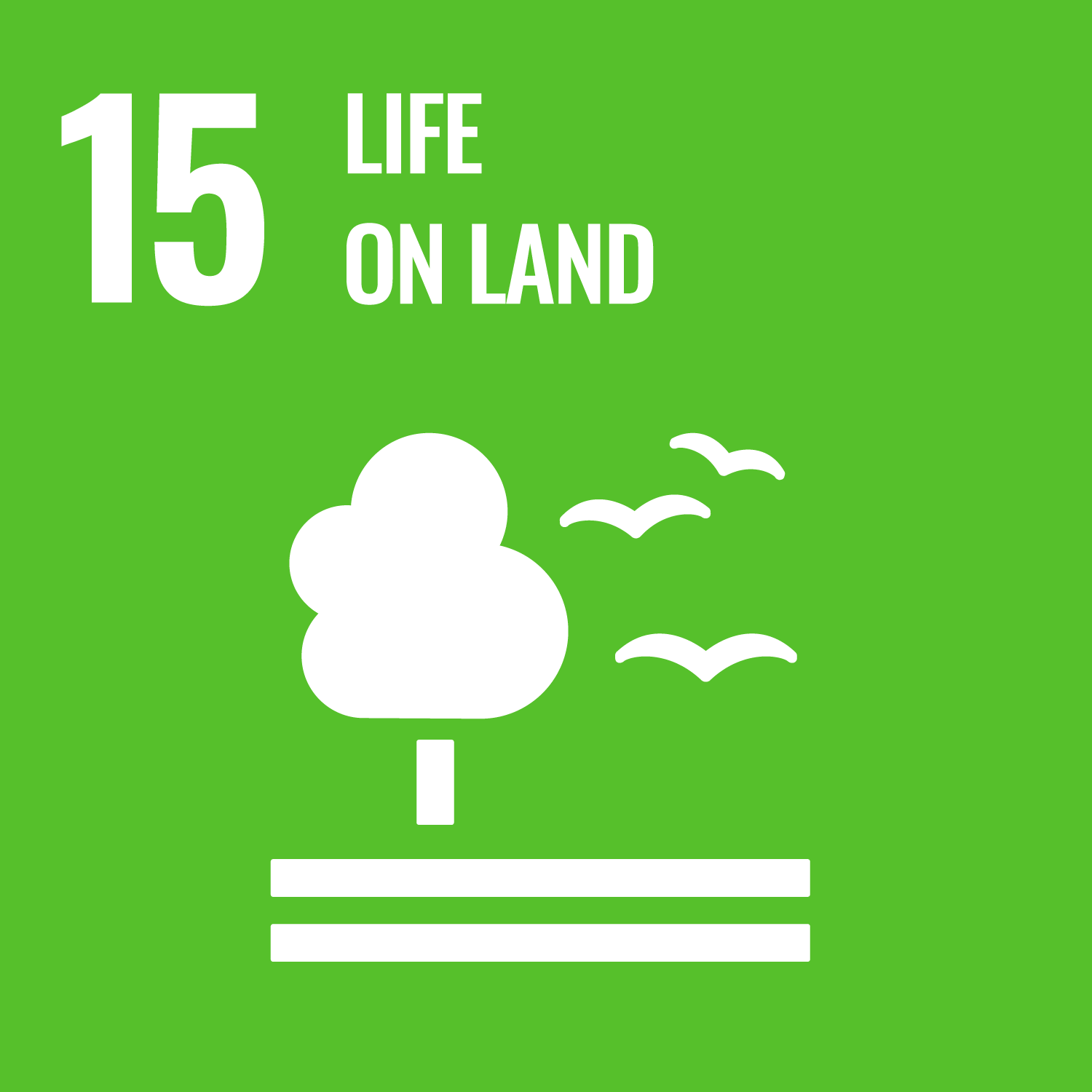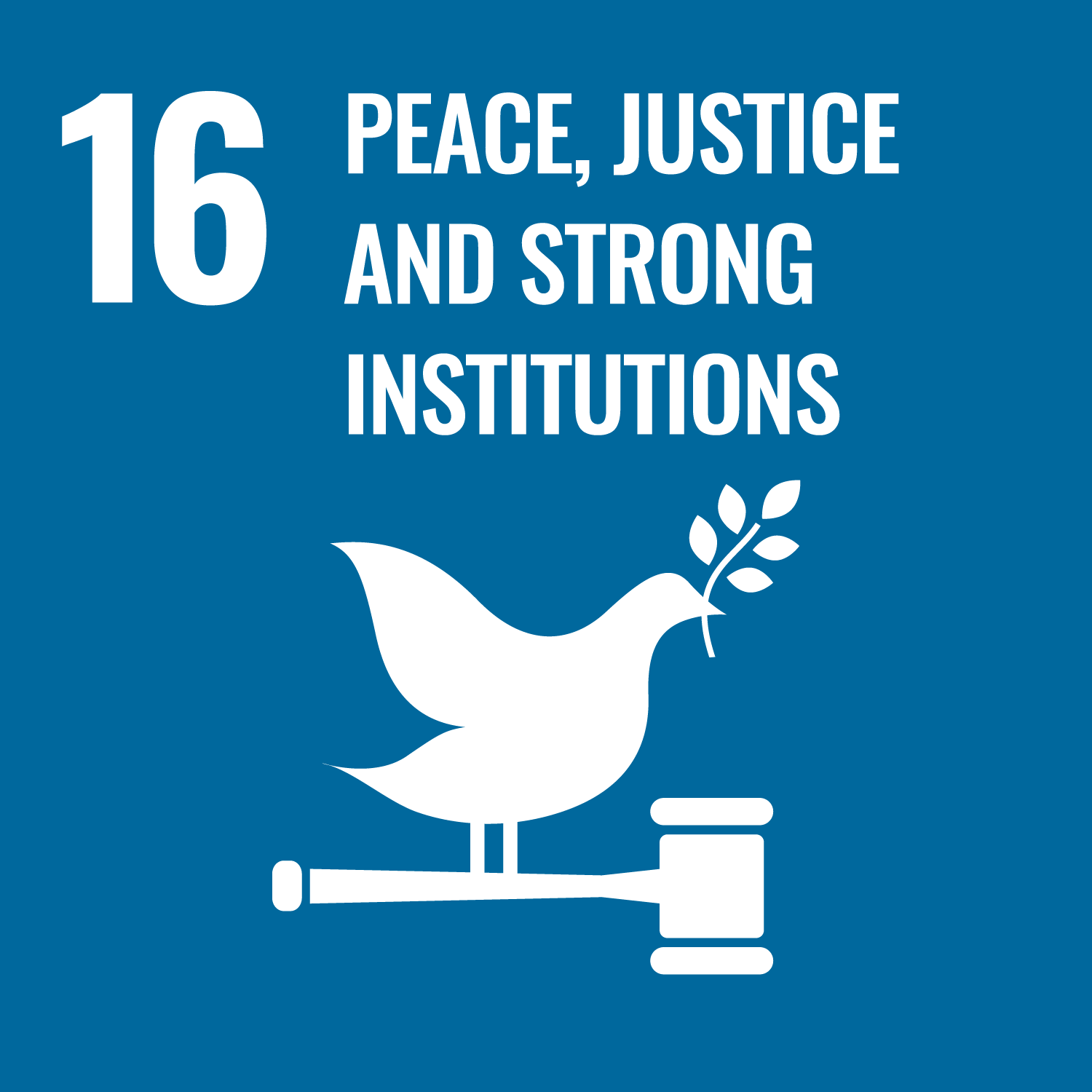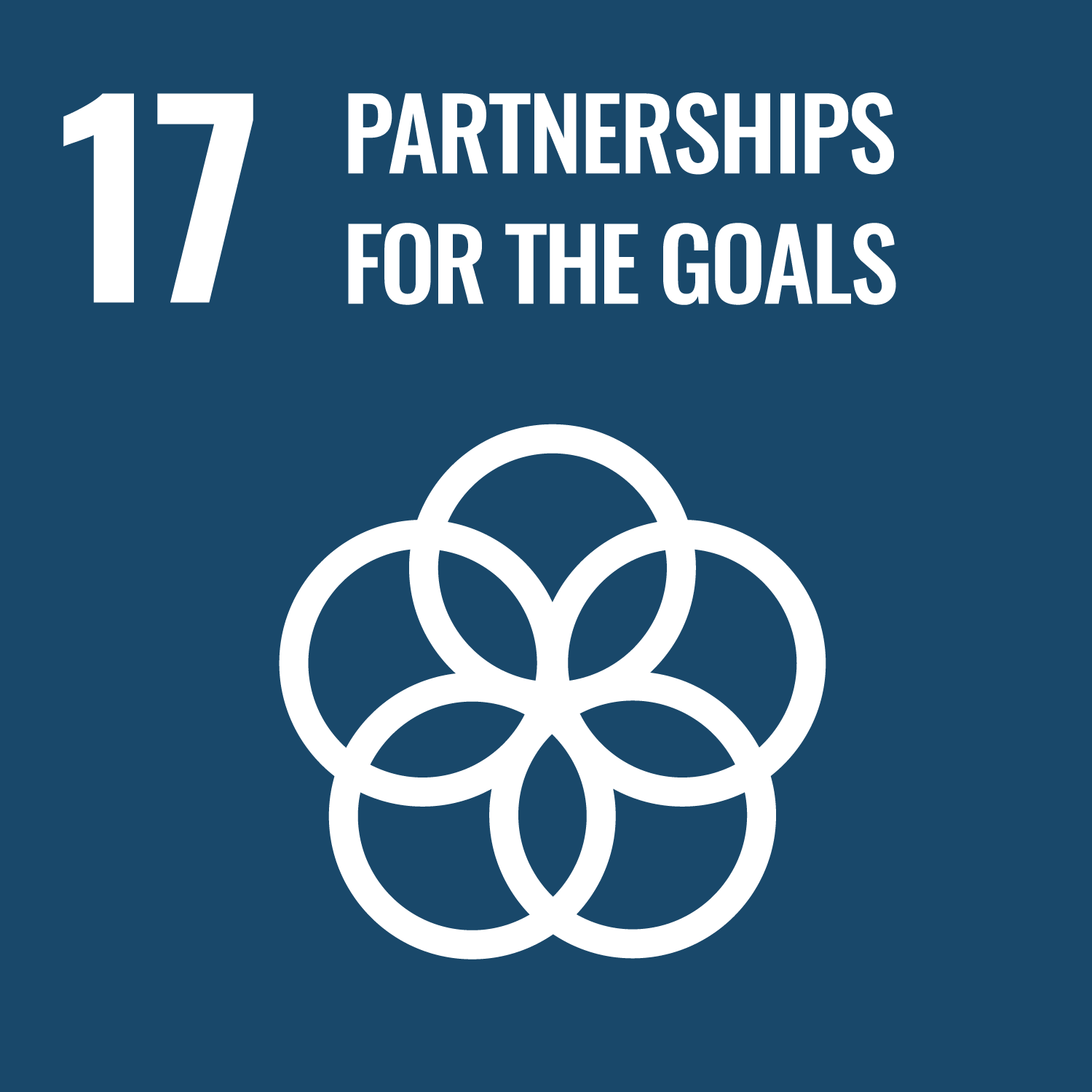Project Overview: What is the Project?
GENETICS OF THE EAST stands as a beacon in the world of pastoral livestock farming, blending tradition with cutting‐edge genetic innovation. At its core lies REGENERATIVE CATTLE, where ANGUS, MURRAY GREY, and other prized breeds come together under the banner “Sale of Bulls 2025.” The project’s motto, “WE ARE SOIL FORMERS,” hints at a deeper commitment – an integral system that sees soil and biodiversity as fundamental elements. Responsible livestock farming is achieved through efficient resource use and sustainable management, embodying a mission that dares to address what the industry has long chosen to ignore: real environmental care and genuine genetic innovation… all with an unwavering focus on creating a resilient, healthy system.
Main Benefit: Key Figures and Facts
An engaging look into the project reveals several impressive points:
- bcorp score: 81
- Main Keywords: Regenerative farmers, Animal and meat Production
- Commitment to environmental sustainability and soil regeneration
- Integration of biomimicry and grazing planning in livestock management
- Adoption of responsible and efficient livestock production methods
Animal Breeds: The Heart of Genetic Excellence
The project places a high value on its diverse and robust livestock breeds. Among these, BLACK AND RED ANGUS is celebrated as Angus adapted with innate strength and excellent reproductive solidity – traits that make these animals truly remarkable. MURRAY GREY, known as the only British Bos Taurus combining a light coat over dark pigmentation and docility, further defines the project’s unique genetic portfolio. Complementing these is the ARGENTINE GREYMAN, an indispensable tool to increase meat production in the herds of NOA and NEA, and the ANDES COMPOSITE, recognized as a useful asset to boost beef production in the Patagonian region. These breeds illustrate the project’s commitment to blending productivity with sustainable genetic innovation.
Environmental Approach: Cultivating Soil and Biodiversity
Focused on the regeneration of soils and the harmonious balance between human action and the environment, the project champions solutions for regenerative livestock farming. The methodology integrates responsible livestock management with a comprehensive understanding of biodiversity, thereby building a virtuous circle that values every element of nature. This approach emphasizes that healthy soils foster a thriving ecosystem and that every droplet of water and patch of green contributes toward long-term sustainability. The natural flow of the project is captured in the philosophy of being soil formers – a mission that encourages continuous dialogue with nature and a peerless respect for the land.
Genetic Innovation and Biomimicry: A Dynamic Fusion
At the intersection of tradition and modernity lies an emphasis on genetic innovation and biomimicry. The project actively promotes techniques that mimic nature’s own ingenious processes, urging a move away from conventional methods to ones that embrace both creativity and science. By advocating for biomimicry in grazing planning, the strategy not only secures breed integrity but also supports environmental resilience. This blend of genetic prowess and an understanding of nature’s orders creates a narrative that is as engaging as it is necessary, inviting observational pauses and sparking curiosity about the future of regenerative livestock farming…
Sustainable Impact: Advancing Environmental and Social Goals
- SDG 2 – Zero Hunger: By fostering sustainable animal production and improving food security.
- SDG 12 – Responsible Consumption and Production: Promoting practices that maximize resource efficiency and minimize environmental impact.
- SDG 13 – Climate Action: Regenerative practices that help to sequester carbon and mitigate climate change.
- SDG 15 – Life on Land: Enhancing soil health and biodiversity through sustainable grazing and land management techniques.
Future Prospects in Regenerative Livestock Farming
The project’s forward-thinking approach paves the way for a promising future in livestock production. Embracing its core value of “WE ARE SOIL FORMERS,” the initiative ensures that every decision is rooted in both environmental care and groundbreaking genetic progress. The sale of bulls in 2025 represents not only a milestone in livestock trading but also a culmination of years dedicated to understanding the intimate ties between soil, biodiversity, and animal genetics. By efficiently utilizing natural resources and incorporating regenerative techniques, the project conveys a message of hope, resilience, and sustainable productivity – an invitation to the community to witness and participate in a transformation that aligns with both tradition and innovation.

